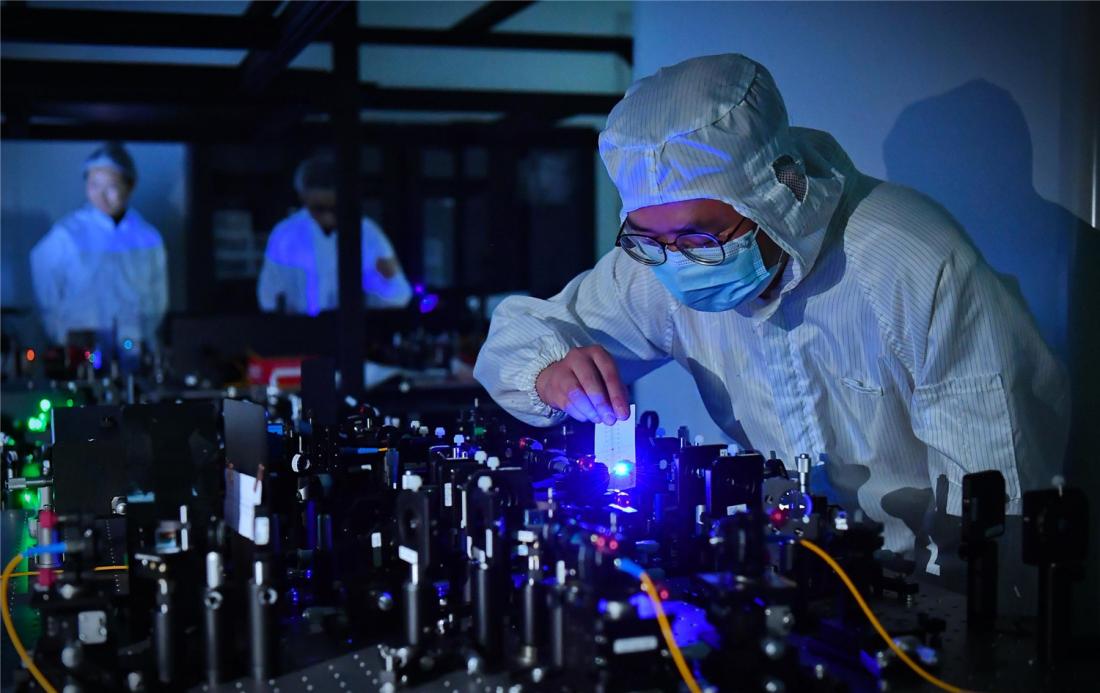Quantum Sensing: The Invisible Technology Rewriting Physics and Finance
The emergence of quantum sensing technology represents one of the most significant yet underpublicized breakthroughs in both scientific measurement and financial analytics. Unlike quantum computing which remains largely theoretical in its practical applications, quantum sensors are already delivering unprecedented precision in measuring physical phenomena, achieving sensitivity levels that defy classical physical limits. These devices leverage quantum superposition and entanglement to detect minute changes in magnetic fields, gravity, time, and electromagnetic radiation with accuracies previously considered impossible. The implications extend from fundamental physics research to Wall Street trading floors, creating a new paradigm in how we measure and interact with the invisible forces shaping our world.
Advanced quantum sensors operate by maintaining quantum coherence in carefully controlled systems, allowing particles to exist in multiple states simultaneously and respond to environmental changes with extraordinary sensitivity. Atomic magnetometers can now detect neural activity through skull bone without electrodes, while superconducting quantum interference devices (SQUIDs) measure magnetic fluctuations a billion times weaker than the Earth's magnetic field. Gravity gradiometers based on atom interferometry can map underground structures with centimeter precision, revolutionizing mineral exploration and archaeological surveying. These capabilities aren't merely incremental improvements but represent orders-of-magnitude leaps in measurement technology that are opening new windows into previously undetectable phenomena.

The financial sector has become an unexpected early adopter of quantum sensing technology. High-frequency trading firms are experimenting with quantum-enhanced atomic clocks that synchronize transactions with nanosecond precision, potentially gaining microsecond advantages that translate into millions in arbitrage opportunities. Quantum gravimeters are being tested to monitor underground commodity storage facilities from surface levels, detecting inventory changes in real-time without physical audits. Perhaps most remarkably, quantum sensors can measure economic activity through non-traditional indicators—detecting subtle electromagnetic emissions from industrial facilities or transportation vibrations that correlate with supply chain movements, creating entirely new datasets for quantitative analysis.

Scientific applications are pushing the boundaries of fundamental physics. Quantum sensors have enabled the first direct measurements of spacetime curvature at microscopic scales, testing general relativity in laboratory settings. Dark matter research has been revolutionized by ultra-sensitive particle detectors that can identify hypothetical weakly interacting massive particles (WIMPs) through their subtle gravitational effects. In materials science, quantum sensors are mapping the magnetic properties of exotic materials like topological insulators at atomic resolution, accelerating the development of quantum materials with unprecedented electronic properties.
The technology's implementation requires overcoming significant environmental challenges. Quantum coherence—the fragile state enabling ultra-precise measurements—must be maintained against external interference through sophisticated shielding and error correction techniques. Researchers have developed quantum non-demolition measurements that extract information without collapsing the quantum state, enabling continuous monitoring previously impossible. Cryogenic systems operating near absolute zero protect quantum states from thermal noise, while vacuum chambers eliminate atmospheric interference. These technical achievements represent marvels of engineering that equal the scientific breakthroughs they enable.
Commercialization efforts are accelerating across multiple industries. Quantum inertial navigation systems that don't rely on GPS signals are being developed for autonomous vehicles and submarines, providing uninterrupted positioning where satellite signals fail. Medical researchers are building quantum-enhanced MRI scanners that could detect single protein molecules, potentially enabling cancer diagnosis at the earliest stages. Even consumer applications are emerging, with quantum sensors being miniaturized for smartphone integration to enable new augmented reality experiences based on precise spatial mapping.

As quantum sensing technology matures, it's creating a new ecosystem of measurement-based applications that blur traditional industry boundaries. The same quantum gravimeter that maps oil reserves might also monitor volcanic activity or assess structural integrity of skyscrapers. Quantum magnetometers that read neural activity could also detect underground utilities or authenticate financial documents through magnetic signatures. This convergence of applications suggests we're entering an era where measurement precision becomes a universal capability across disciplines, fundamentally changing how we understand and interact with reality at its most fundamental level.
(Writer:Galli)





